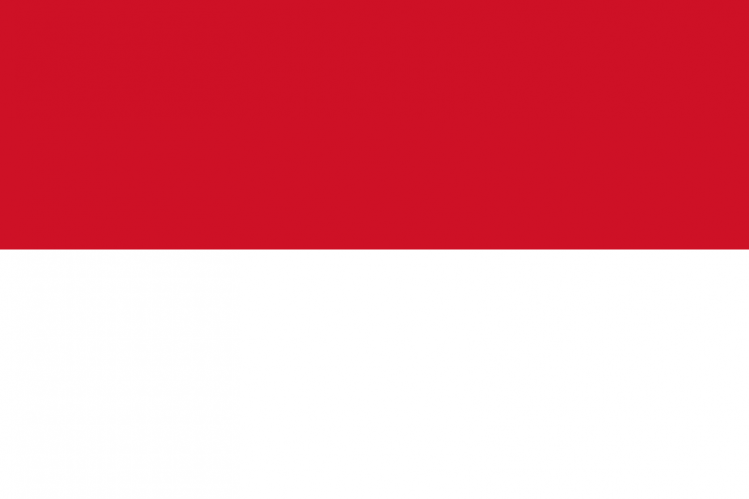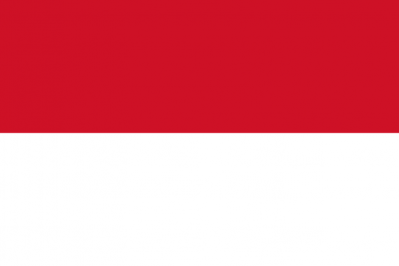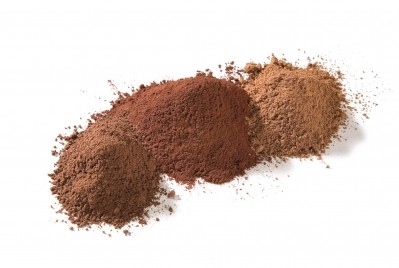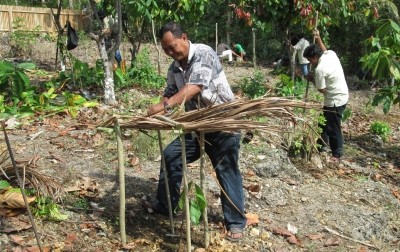Emerging Market Watch - Indonesia
Indonesian sugar rush sweet news for Petra Foods...but rivals could be lurking

The Indonesian Sugar Refineries Association expects domestic sugar consumption to rise from 5.1m MT to 5.7m MT this year.
Petra could face competition
The Indonesian chocolate market is almost triple the value of the sugar and gum confectionery segment and is dominated by Asian firm Petra Foods, according to by Mintel’s Global Market Navigator.
Over two-thirds of Singapore-based Petra Foods’ consumer goods sales come in Indonesia through brands such as SilverQueen and Ceres so the company could be poised to make big gains from rising Indonesian sugar consumption. However, it has reason to be weary of interested outsiders.
“What is interesting for multinationals is the chance to gain share in the fast growing and dynamic market,” said Marcia Mogelonsky, director of insight at Mintel told this site.
Mondelez and Nestlé together hold less than 10% of the chocolate market and could be looking to grow their share. Indeed, Mondelez identified the Indonesia as a ‘Next Wave’ market for chocolate at a conference last year.
Perfetti Van Melle is the country’s second largest player in the more fragmented gum and candy behind local company Mayora Indah and could also seek to profit for rising sugar consumption.
Indonesia: A nation of ‘candy eaters’
Mintel valued the Indonesian confectionery market at $1.2bn in 2012 and expects it to grow 22% by 2014.
“Indonesia is a great market for confectionery, as the country is growing and has a large population of ‘candy eaters’ – Indonesians in general love sweets, and the younger demographics are always more enthusiastic about sweets than are their older counterparts…No wonder Petra is anxious to capitalize on the country’s growing sweet tooth.” said Mogelonsky.
Cargill also sees great potential in the country and is currently constructing a $100m cocoa processing plant in Gresik, due to be operational by mid-2014.
Indonesian confectionery in numbers
Category | 2012 | Growth by 2014 |
Chocolate confectionery | $867.1m | +24% |
Sugar & gum confectionery | $300.47m | +5% |
Overall confectionery | $1.2bn | +22% |
Source: Mintel’s Global Market Navigator.
Gifting and halal certification
World Bank figures show that the Indonesia’s middle class reached 131 million in 2010 and it is projected to reach 150 million by 2014, creating increased spending power.
“Gifting opportunities, which relate significantly to confectionery (especially chocolate confectionery) could profit from the ‘dual nature’ of the Indonesian market, where Muslim and Chinese holidays both have major significance,” said Mogelonsky.
Indonesia is the world’s most populous Muslim nation. The analyst said that this could mean halal certification could shape the battle for market share in Indonesia, to the advantage of local firms.
“The ability to obtain halal certification may be easier for local companies than for multinationals, since the local companies already have access to local certifiers.
“I am not sure how this will play out, since the halal regulations are in flux, but it is something that may have an impact, and may especially affect chewing gum, which may require reformulation to suit halal regulations.”







